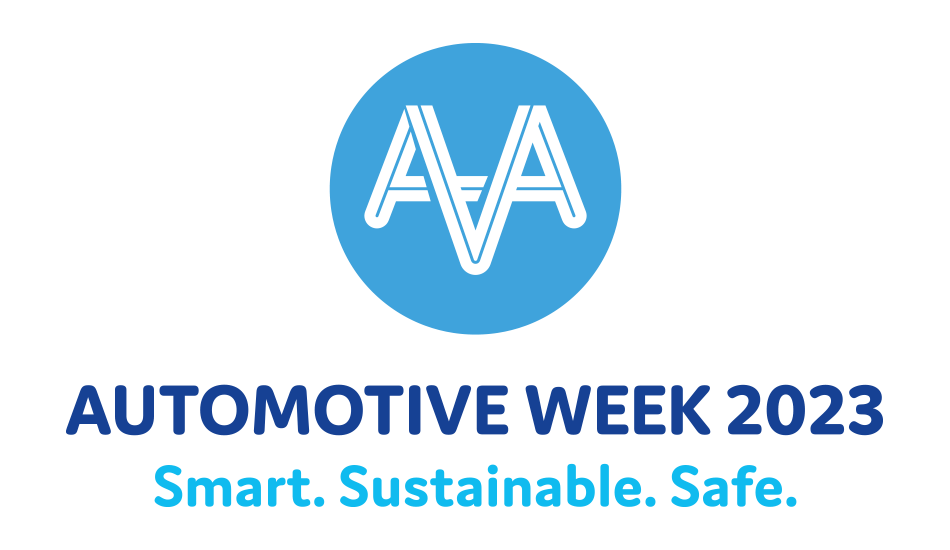The mobility transition towards sustainable and accessible transportation systems is a complex challenge that requires a balance between individual freedom and societal goals. Jeroen Borst, cluster manager at TNO Mobility and Build Environment, and leader of the societal impact sub-research/project, shares his insights on how the mobility transition can contribute to societal goals and the challenges that need to be addressed to achieve a successful transition.

Borst emphasizes the importance of gathering knowledge and conducting research to understand the impact of the mobility transition on society. He raises important questions, such as what the mobility transition means, how people will adopt different mobility propositions, and what the social impact of such a transition will be. He notes that automated vehicles and robots may have both positive and negative impacts on the accessibility of cities.
Challenges in the Mobility Transition
One of the biggest challenges in the mobility transition is the lack of clarity regarding its final consequences. Policy makers may not fully understand the effects of the transition, leading to unintended consequences. Additionally, automated vehicles may cannibalize public transport and bicycles, filling public space and benefiting only the wealthy and large companies. Therefore, it is important to find the right balance between individual freedom and societal goals.
Finding the Right Balance Between Individual Freedom and Societal Goals
To achieve a successful mobility transition, Borst stresses the importance of private parties coming up with propositions that not only benefit consumers but also contribute to societal goals. He suggests finding the balance between individual freedom and societal goals and avoiding an emphasis on acceleration over doing it well. Governments should consider how the mobility transition contributes to broad prosperity and whether accessibility is distributed fairly between different groups of people.
Importance of Automotive Week in Striking the Right Balance
Finally, Borst emphasizes the importance of understanding the mobility system’s environmental effects, distributional effects, energy, and impact. He believes that finding the right balance between individual freedom and societal goals requires all stakeholders to learn how to strike the balance with each other. Attending events such as Automotive Week can be a step towards achieving this balance.
Additional Insights on the Mobility Transition
In conclusion, the mobility transition presents a unique challenge that requires finding the balance between individual freedom and societal goals. It is essential to gather knowledge, conduct research, and consider the social impact of the mobility transition. To achieve a successful transition, private parties must come up with propositions that benefit society as a whole, and governments must consider the distribution of accessibility and broader prosperity. With this approach, the mobility transition can contribute to a more sustainable and accessible transportation system.

